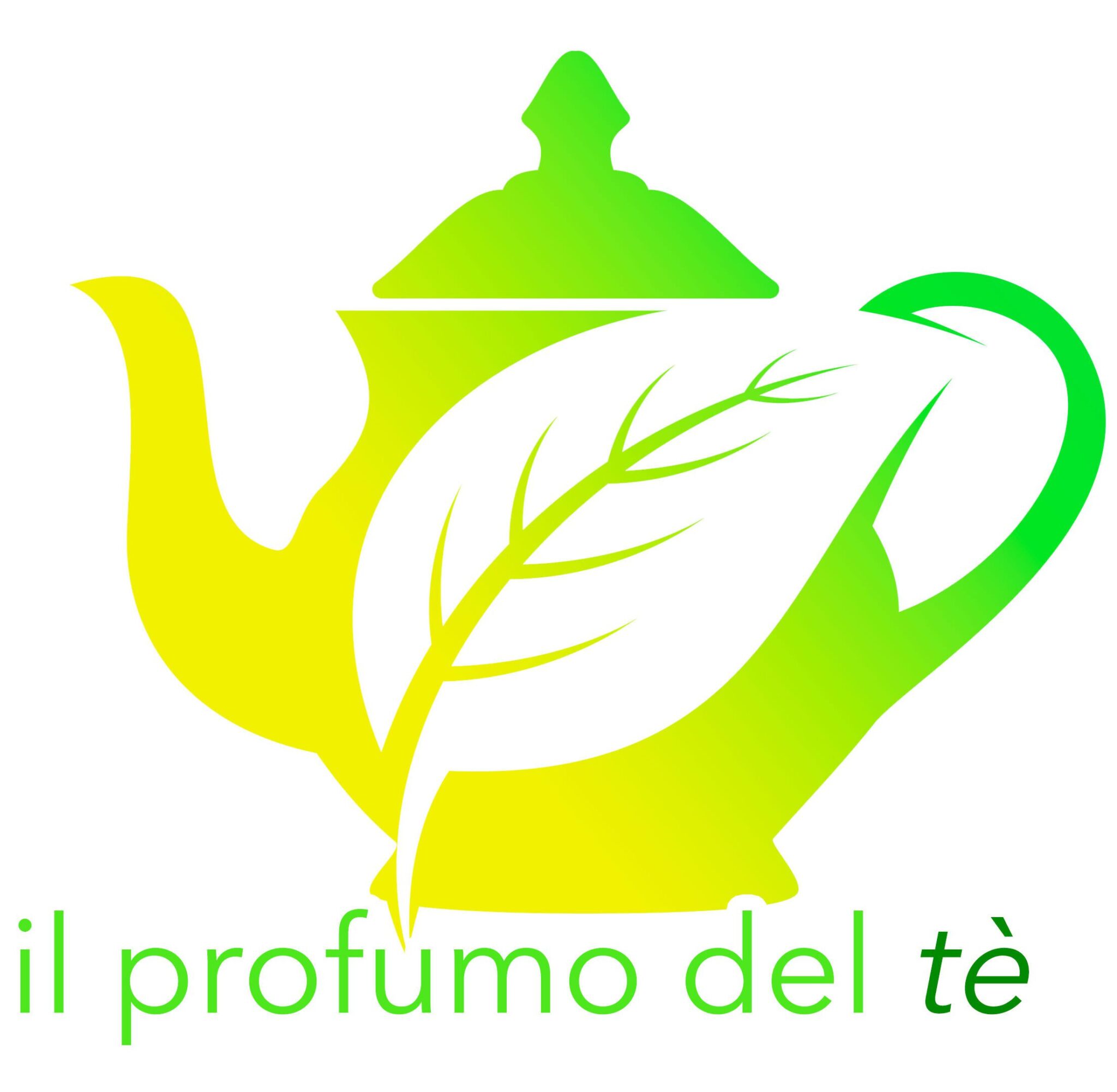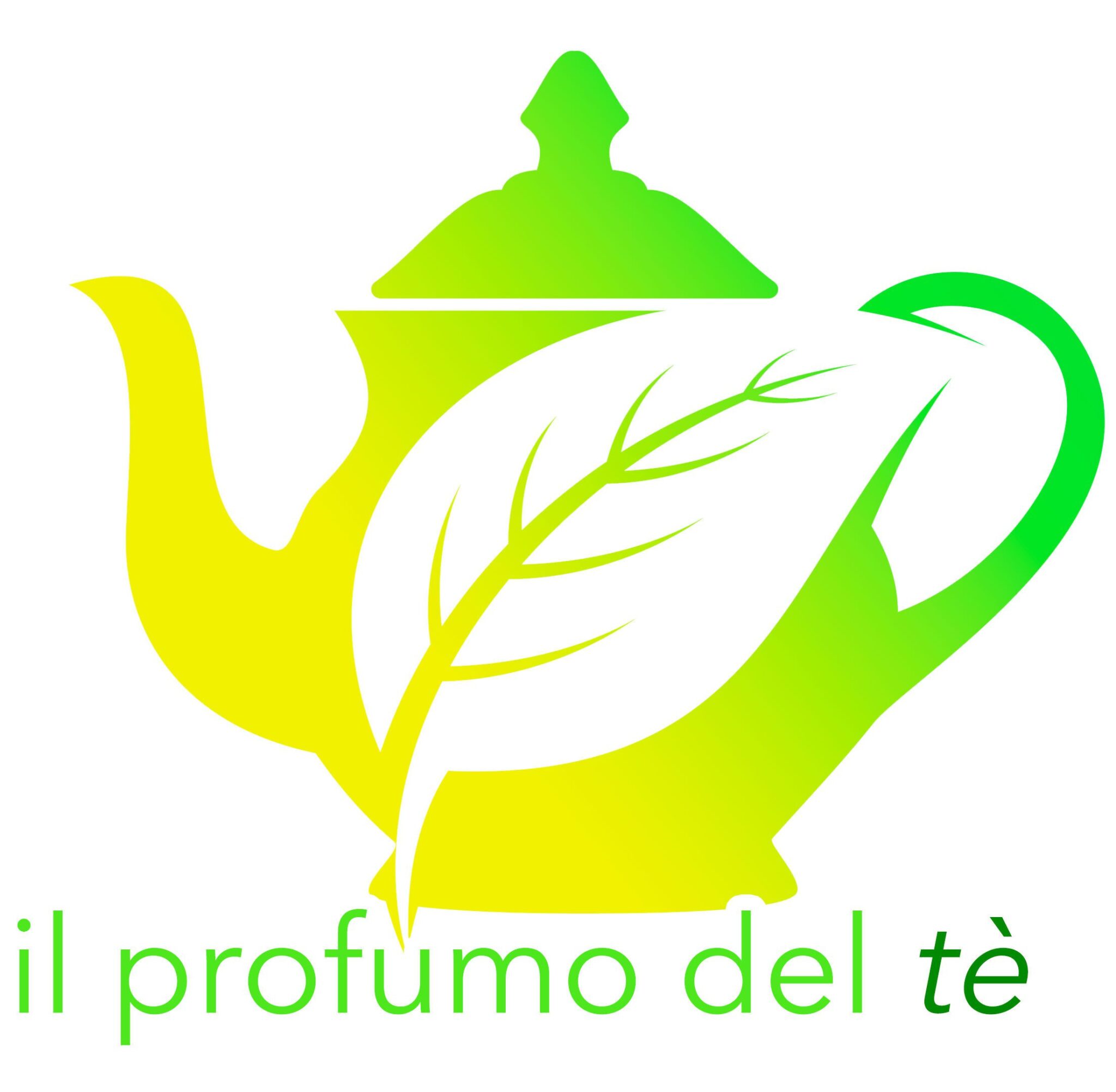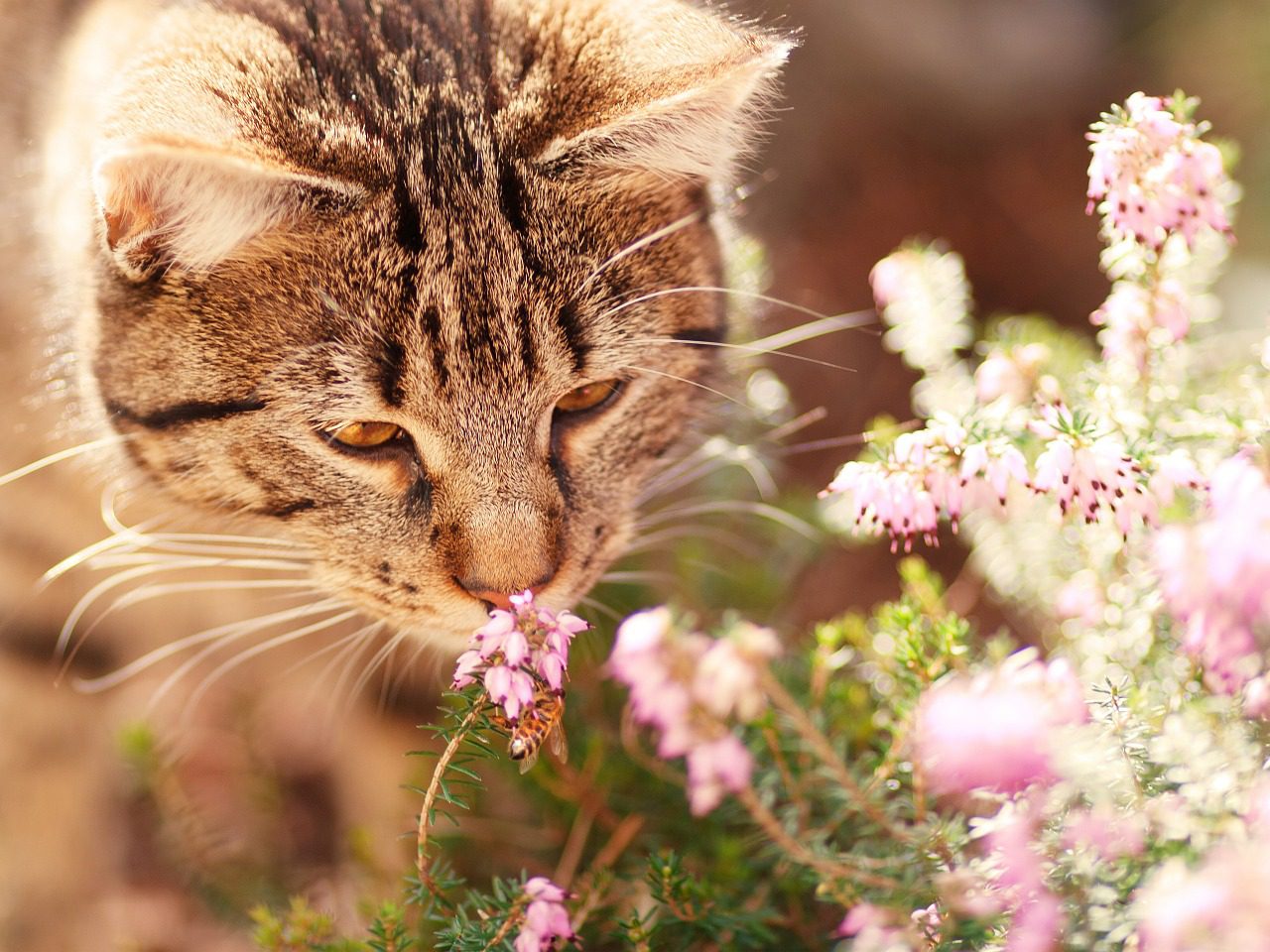La degustazione del tè è una vera e propria valutazione sensoriale. Ovvero noi valutiamo in base ai nostri cinque sensi.
Assaggiare un tè è un’esperienza personale proprio come sentire una fragranza dove percepiamo varie sfumature dette note.
Queste note o sfumature possono essere: speziate, floreali, fruttate, legnose, erbacee, aromatiche.
Quando percepiamo qualcosa con i nostri sensi il nostro cervello lo associa a qualcosa di conosciuto. Questa è la nostra memoria olfattiva.
In profumeria abbiamo note di testa, cuore e fondo mentre nel tè attacco, metà e finale. Insieme formano un’armonia che viene chiamato accordo come nel creare una musica.
Col gusto sentiamo il sapore dell’infuso, mentre col tatto ne sentiamo la consistenza, con la vista esaminiamo colore e foglie. Ricordiamo che più le foglie sono simili e regolari tra loro più sarà di qualità così come il liquore dovrà essere limpido.
Un buon tè dovrebbe avere note di testa fresche e un profumo delicato. A seconda del terroir delle piantagioni e delle tipologie la degustazione cambia.
Il tè è una vera e propria fragranza che sprigiona il suo profumo attraverso gli oli essenziali creando una memoria olfattiva. Come in profumeria può piacere di più o di meno proprio dalle sensazioni recepite da questa memoria e dal ricordo che risiede a livello conscio o inconscio a seconda del ricordo stesso. In sostanza la memoria olfattiva è la capacità del cervello di conservare un ricordo correlato a un odore e ne determina un comportamento sia in negativo che in positivo. Le molecole aromatiche sono volatili e vengono recepite dal nostro olfatto e dai nostri recettori nasali attivando i sensi e il ricordo.
Esistono poi tè profumati ai quali vengono aggiunti fiori e frutta che vanno a profumare le foglie. Questo procedimento viene utilizzato per il tè al gelsomino e in profumeria con la tecnica dell’enfleurage che è molto simile.
Si tratta di tecniche pregiate e laboriose e costose ma che rendono tè e profumi ancora più pregiati. Basti pensare che per creare 1 kg di assoluta ovvero di essenza pura di gelsomino occorrono fino a 7 milioni di fiori.
Un’altra cosa che accomuna il profumo e il tè è l’ossidazione degli oli essenziali che avviene in entrambi una volta esposti all’aria o alla luce solare.
In profumeria esiste una vera e propria piramide olfattiva, nel tè esiste una ruota degli aromi per determinare note, sfumature e descrizioni. Le note di testa sono di solito le note più fresche e leggere mentre le legnose speziate che sono finali sono più calde e avvolgenti. Il profumo come il tè sono paragonabili alla creazione di un’alchimista.
Una tazza di infuso può divenire un vero e proprio rito di aromaterapia ma anche di aromacologia e questo avviene anche nel tè.
Olfactive Memories of Tea

Tea tasting is a real sensory evaluation. That is, we evaluate according to our five senses.
Tasting a tea is a personal experience just like hearing a fragrance where we perceive various shades called notes.
These notes or nuances can be: spicy, floral, fruity, woody, herbaceous, aromatic.
When we perceive something with our senses, our brain associates it with something known. This is our olfactory memory.
In perfumery we have top, heart and base notes while in the tea attack, mid and final. Together they form a harmony that is called chord as in creating music.
With the taste we feel the flavor of the tea, while with the touch we feel its consistency, with the sight we examine color and leaves. Remember that the more similar and regular the leaves are, the more quality the tea will be, as well as the clearer the liqueur.
A good tea should have fresh top notes and a delicate scent. Depending on the terroir of the plantations and the types of tea, the tasting changes.
Tea is a real fragrance that releases its scent through essential oils, creating an olfactory memory of the tea. As in perfumery you can like it more or less precisely from the sensations received by this memory and from the memory that resides at a conscious or unconscious level depending on the memory itself. Basically, olfactory memory is the brain’s ability to retain a memory related to a smell and determines its behavior both in negative and in positive. Aromatic molecules are volatile and are received by our sense of smell and our nasal receptors, activating the senses and memory.
There are also scented teas to which flowers and fruit are added to perfume the leaves. This process is used for jasmine tea and in perfumery with the enfleurage technique which is very similar.
These are precious and laborious and expensive techniques but which make tea and perfumes even more precious. Suffice it to say that up to 7 million flowers are needed to create 1 kg of absolute or pure jasmine essence.
Another thing that unites perfume and tea is the oxidation of essential oils that occurs in both when exposed to air or sunlight.
In perfumery there is a real olfactory pyramid, in tea there is an aroma wheel to determine notes, shades and descriptions. The top notes are usually the freshest and lightest notes while the spicy woody notes that are final are warmer and more enveloping. Perfume like tea are comparable to the creation of an alchemist.
A cup of tea can become a real aromatherapy ritual but also of aromatherapy and this also happens in tea.

Alcuni oli essenziali come quello di bergamotto sono utilizzati per profumare il famoso Earl Grey.



No responses yet